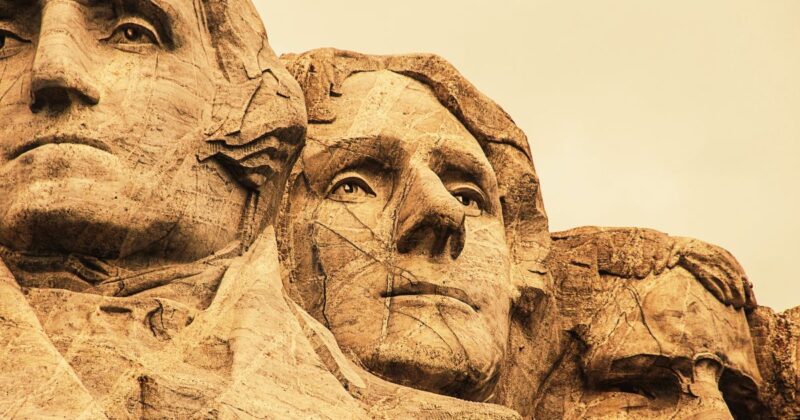Hi! It’s konkaz (@konkazuk).
The book I’m introducing today is “Who Rules the World“, written by Noam Chomsky, the famous American thinker known for his work in politics, language, and academia.
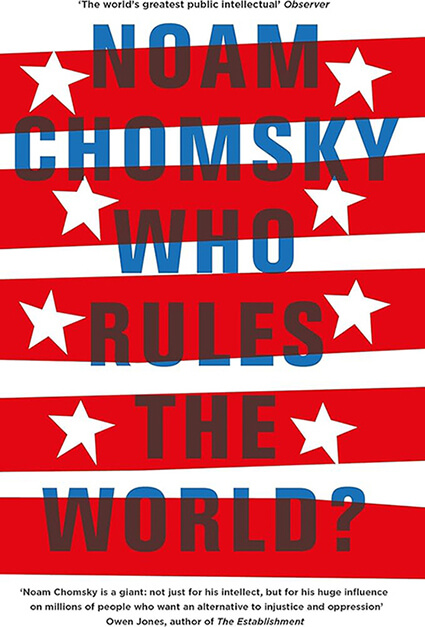
I picked up this book after seeing it quoted in the introduction of “How They Broke Britain“ by LBC radio host James O’Brien.
On top of that, Chomsky’s name keeps coming up on the political YouTube channels I watch, so I’ve been wanting to read one of his books for a while.
Noam Chomsky’s book “Who Rules the World?” reveals the policies and actions of the US government, and due to America’s strong influence in regions like the Middle East, including Israel, the book is reportedly restricted or banned in some areas.
If you want to understand how the United States has built systems behind the scenes to control other countries, this book is a perfect read.
The US Truly Believes It Owns the World
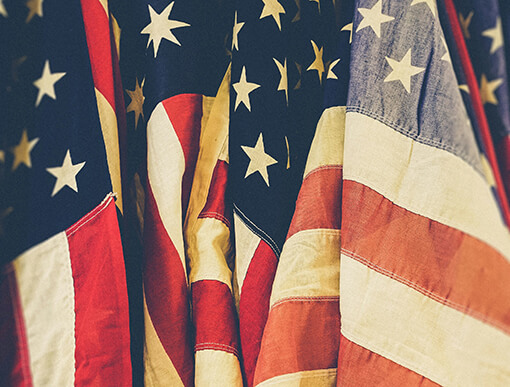
“The right to dominate is a leading principle of US foreign policy found almost everywhere, though typically concealed in defensive terms”
(A quote from Chapter 8)
Reading this book by Chomsky helps you understand that US policy, regardless of whether it’s led by Democrats or Republicans, is driven by an almost pathological obsession with the idea that they have the right to rule the world.
I used to think that Democratic leaders, including President Obama, had at least a bit more moral conscience than their Republican counterparts. But in reality, they’ve done equally—if not moreーruthless things.
No matter which party holds power—the Democrats or the Republicans—it’s clear that the US has consistently intervened in regions around the world to prioritise its own interests in terms of resources, military, and economy.
Here are a few examples…
A Case from the Republican Party
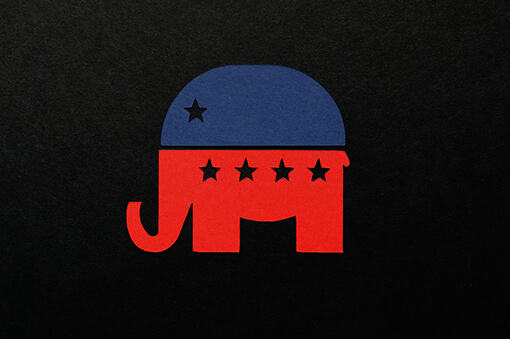
Richard Nixon (1969–1974)
During the Cold War, Nixon focused heavily on preventing the spread of communism.
One of the most striking examples was in Chile, where socialist president Salvador Allende won a democratic election and began nationalising mines, banks, and key industries.
This alarmed the US, which feared a threat to its own economic interests. Nixon’s administration backed the opposition and supported a CIA-led plan for a military coup—eventually leading to the rise of General Pinochet’s dictatorship.
During the Vietnam War, the US essentially treated democracy as a dangerous contagion—especially when it emerged in places not aligned with American interests.
Fearing that the ‘virus’ might spread, they launched secret bombing campaigns in Cambodia and Laos—countries not directly involved in the war—as a kind of political ‘inoculation’. Countless civilians were killed in the process.
Ronald Regan(1981-1989)
Like other Cold War-era presidents, Reagan claimed to be defending democracy—but what that actually meant was keeping authoritarian regimes in power across Central and South America.
In 1979, the Sandinista National Liberation Front (FSLN) overthrew a dictatorship in Nicaragua and established a leftist, socialist-leaning government that pushed for land reform and anti-poverty programs. Reagan, seeing this as a threat, supported the Contra rebels who aimed to topple the Sandinistas.
Even though the Contras were known for serious human rights abuses, including massacres of civilians, the Reagan administration defended them as ‘freedom fighters’.
Similarly, the US backed a brutal military regime in El Salvador and turned a blind eye to civilian killings. In Guatemala, the Reagan administration praised a military dictatorship as a ‘leader of democracy’, despite its role in the slaughter of around 150,000 Indigenous Maya people.
George W. Bush (2001–2009)
George W. Bush is best known as the US President during the 11 September 2001 terrorist attacks.
After accusing the Taliban of sheltering Osama bin Laden, the US invaded Afghanistan. Bin Laden, however, escaped, and the war resulted in the deaths of hundreds of thousands of civilians.
In Iraq, Bush claimed that Saddam Hussein’s regime possessed weapons of mass destruction (WMDs) and could provide them to terrorists. Despite lacking concrete evidence, the US went to war. It was later revealed that there were no WMDs, leaving Iraq devastated and without any meaningful post-war support.
Regarding Palestine, Bush signed a $30 billion, 10-year military aid deal with Israel, enabling it to enhance its military capabilities with fighter jets and missile defense systems, further intensifying pressure on the Palestinian territories.
A Case from the Democratic Party

John F. Kennedy (1961–1963)
John F. Kennedy became president shortly after Fidel Castro successfully led a revolution in Cuba, overthrowing a pro-American dictator.
Due to Castro’s growing ties with the Soviet Union, Kennedy authorised a CIA-backed plan originally developed under President Eisenhower, in which Cuban exiles were trained to invade Cuba and topple Castro’s regime. (The mission ultimately failed.)
Kennedy also escalated US involvement in the Vietnam War, laying the groundwork for deeper American entanglement in the conflict.
Bill Clinton (1993–2001)
Following the breakup of Yugoslavia, ethnic Albanian armed groups clashed with Serbian forces over Kosovo’s independence. In response, Clinton launched a “humanitarian intervention” and authorised NATO airstrikes on Serbia without UN approval. These bombings resulted in a large number of civilian casualties.
Clinton also maintained the devastating economic sanctions against Iraq originally imposed by George H. W. Bush. These sanctions contributed to the deaths of over 500,000 Iraqi children—a tragedy his administration notoriously defended as an acceptable price to pay.
Barack Obama (2009–2017)
Despite his image as a peace-driven leader—and a Nobel Peace Prize laureate—Barack Obama’s administration oversaw a dramatic expansion of military interventions.
In 2011, inspired by the Arab Spring—a wave of pro-democracy movements across North Africa—a popular uprising broke out in Libya, where freedom of speech was heavily suppressed under Muammar Gaddafi’s dictatorship.
When Gaddafi responded with violent repression, the US under Obama—along with France and the UK—launched NATO airstrikes, citing a ‘humanitarian intervention’. Gaddafi was overthrown, but—as with the Kosovo bombings under Clinton or the Iraq War under George W. Bush—there was no serious post-conflict planning.
As a result, Libya descended into civil war, with armed groups taking control and widespread human trafficking becoming rampant—turning the country into a failed state.
President Obama also significantly escalated the use of drone strikes, which were often carried out indiscriminately. As a result, many civilians were killed in countries such as Pakistan, Yemen, and Somalia.
Hence, as the examples above illustrate, this has little to do with whether Republicans or Democrats are in power.
As mentioned earlier, the US government fundamentally operates on the principle that…
‘the world is, in effect, America’s property, and that this is a natural and unquestionable right‘.
From this perspective, the large-scale use of American military force around the world is entirely justified. Since the US sees itself as an inherent force for “good”, any resistance to its dominance is automatically framed as ‘evil’.
Is Democracy Inconvenient for the US?
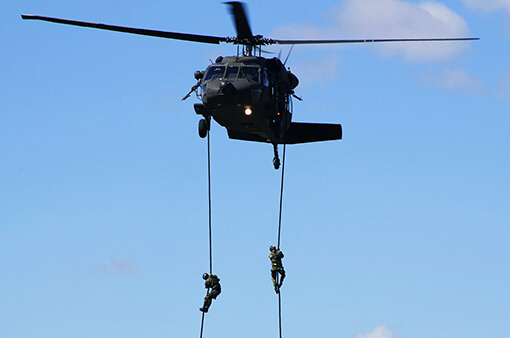
As discussed in the previous section, the US has actively worked to suppress the growth of democracy in other nations, using military force, economic pressure, and diplomatic interference.
At the root of this lies a mindset similar to that of the former British Empire’s colonialism…
a structure in which resources are extracted from other countries, turned into products using domestic technology, and then sold back to those same countries for maximum profit.
American corporations have expanded into resource-rich regions such as South America and the Middle East, exploiting resources like oil, minerals, and agricultural products.
But when democratic governments take power, they tend to put their people’s needs first, and that can hinder the dominance of American corporations.
To prevent such outcomes, the US government has supported authoritarian regimes and removed unfavorable governments through military coups and covert operations.
🔹Examples of U.S. Government Covert Operations
One particularly memorable example of covert operations is the story told by Alfredo Vásquez Carrizosa, who served as Colombia’s foreign minister in the 1970s.
According to him, the ‘National Security Doctrine’ introduced by the Kennedy administration in Brazil, Argentina, Uruguay, and Colombia transformed regular domestic armies into counterinsurgency forces and gave the military the authority to fight and eliminate so-called ‘internal enemies’.
The term ‘enemy’ referred to individuals such as social workers, labour union members, and ordinary citizens who refused to conform to the regime.
Vásquez Carrizosa, a prominent human rights advocate, reported that even he feared for his life under such conditions.
These operations were carried out covertly through the CIA and military advisers, leaving little trace in official records, which allowed the U.S. government to publicly deny any involvement.
🔹The US Helped Create the Terrorists
Noam Chomsky argues that US foreign policy and military actions have fueled anti-American sentiment and, as a result, contributed to the emergence of new terrorist organisations.
For example, as mentioned earlier, during the presidency of George W. Bush, the United States invaded Iraq on the suspicion that it possessed weapons of mass destruction. The Saddam Hussein regime was overthrown, but the country fell into a state of anarchy.
This led to a rise in anti-American sentiment, and some former members of Hussein’s military and Sunni factions became armed anti-American groups. As is well known, this eventually resulted in the emergence of the international terrorist organisation ISIS (Islamic State of Iraq and Syria).
Furthermore, the expansion of indiscriminate drone attacks during the Obama administration has also played a role in the creation of new terrorists.
While the targets are labeled as ‘terrorists’, many innocent civilians, including villagers and children, are often caught in the crossfire. In one report, it was revealed that in Pakistan, when the US targeted Taliban and al-Qaeda members, 28 civilians were killed for every one target eliminated.
These drone strikes have targeted events such as weddings and village meetings, so it’s no surprise that grieving families and ordinary civilians begin to see America as their enemy.
As a result, a cycle is created in which young people are recruited by extremist groups and join terrorist organisations out of a desire for revenge.
How the US Applies a Double Standard on Palestine
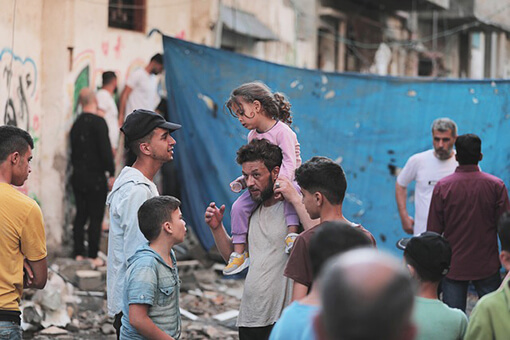
The topic of Palestine comes up frequently throughout the book. Chomsky strongly criticises the United States for using ideals like ‘human rights’ and ‘democracy’ as tools to justify foreign interventions, while actually manipulating those ideals to fit its own selfish goals.
The United States criticises human rights violations when they are committed by its adversaries, but supports or overlooks the same actions when they are carried out by its allies. (This is a clear double standard!)
So in the end, it’s clear that the United States has continually backed Israel, no matter the circumstances.
Despite violating international law, Israel’s settlement activities have continued for decades, gradually encroaching on Palestinian land. While the United States expresses concern on the surface, it continues to support Israel through military and diplomatic aid.
(A film ‘No Other Land’ is a recommended documentary on this topic.)
The Gaza Strip and the West Bank
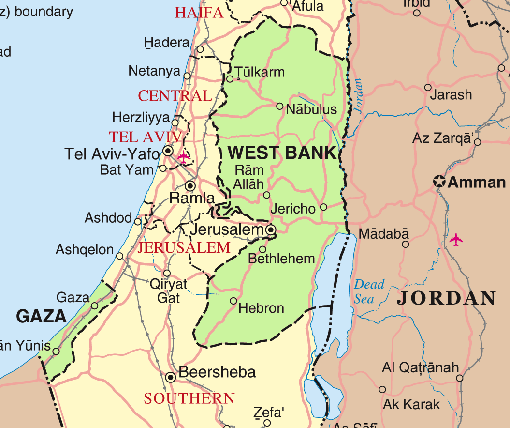
Before we move on, let’s quickly go over the history of how Palestine became divided into the Gaza Strip and the West Bank.
① Before the establishment of Israel in 1948, the region was under the control of the Ottoman Empire, which had ruled since the 16th century and was known for its tolerance towards different ethnic and religious groups. Arabs (mostly Muslims), along with Christians and Jews, lived together in the same area.
② However, during World War I, Britain made two conflicting promises: it pledged to support the creation of an independent Arab state in return for Arab opposition to the Ottoman Empire, while also promising the Jewish people a ‘national homeland’ in the same region as a way to gain financial and political support. These contradictory commitments were clearly incompatible.
③ After the war, Britain, as one of the victorious nations, was granted a mandate by the League of Nations to govern Palestine. During this time, many Jews who were being persecuted in Europe began immigrating to Palestine, inspired by the ideals of the Zionist movement.
④ As a result, tensions rose between the Arab and Jewish communities. Britain found it increasingly difficult to maintain control, so the issue was handed over to the United Nations, which proposed a partition plan for Palestine in 1947.
⑤ However, just before the end of British rule in 1948, Israel unilaterally declared its independence.
⑥ This prompted military intervention by surrounding Arab nations—including Egypt, Jordan, Syria, and Iraq—and triggered the First Arab-Israeli War.
⑦ The outcome was that Egypt occupied the Gaza Strip and Jordan took control of the West Bank, causing many Palestinians to become refugees.
⑧ Following the outbreak of the Third Arab-Israeli War in 1967, Israel seized control of both the Gaza Strip and the West Bank, placing both territories under Israeli military occupation.
⑨ In 1993, with the involvement of the United States, the Oslo Accords were established, creating a framework aimed at achieving Palestinian autonomy.
The Oslo Accords
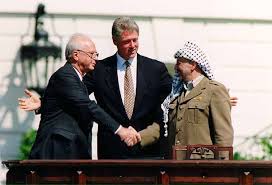
image taken from Wikipedia
The Oslo Accords, with Bill Clinton standing behind both leaders, arms spread wide as if to declare the US a peacemaker to the world, appeared to be a peace framework.
But Chomsky sees it not as the end of the occupation, but as a new way to maintain Israeli control over the territories.
In Who Rules the World?, Chomsky points out that the Oslo Accords did not include any concrete plan for the creation of a future Palestinian state, effectively leaving space for Israel to expand its settlements and construct barriers. He harshly criticises the accelerated expansion of Jewish settlements in the West Bank after the accords, which he says took place with the silent approval of the United States.
Looking at the current situation in Palestine, it’s pretty obvious that while the U.S. claims to be a mediator, it has consistently acted in favor of Israel—just like Chomsky says.
The PLO, the PA, and Hamas
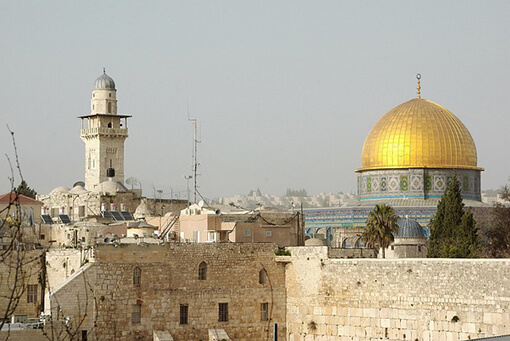
I’d like to take this opportunity to go over the political situation in Palestine here.
▫️ PLO
The Palestine Liberation Organization (PLO) is a coalition of various Palestinian groups, established in 1964. It was led by Chairman Yasser Arafat, who famously shook hands with the Israeli representative during the Oslo Accords.
The PLO is officially recognised by the international community as the representative body of the Palestinian people and primarily handles diplomatic negotiations.
Fatah, the political party founded by Arafat, holds the leading position within the PLO.
▫️ PA
The Palestinian Authority (PA), which was established in 1993 under the Oslo Accords, serves as a provisional self-governing body within the framework of the PLO.
It was created through negotiations between the PLO and Israel, as part of a framework to make the West Bank and Gaza Strip the foundation for a future Palestinian state.
However, after the victory of the Islamist political party Hamas in the 2006 Palestinian legislative elections, a serious political and military conflict broke out between Hamas and the Fatah-led PA. As a result, the PA now governs only the West Bank.
While many members of Fatah are Muslims, the party emphasises Palestinian national independence and self-governance rather than religious-based politics. In contrast, Hamas has a clear ideological goal of establishing an Islamic state based on the teachings of Islam.
▫️ Hamas
Hamas is an Islamist organization founded in 1987. It strongly criticises the peace process with Israel and advocates for armed resistance.
After winning the 2006 parliamentary elections, Hamas took control of the Gaza Strip following a conflict with the Palestinian Authority and now effectively governs the area.
In the West, including the US and EU, Hamas is classified as a terrorist group.
*The ongoing division of Palestinian political parties since 2007 has been advantageous for Israel, allowing the country to prolong peace negotiations by claiming that there is no unified government and it is unclear who they should negotiate with.
Wrapping Up
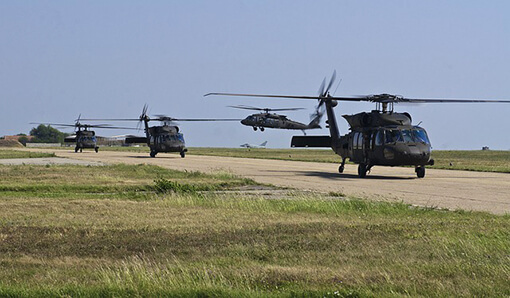
From Chomsky’s book, we can see that the ‘freedom’ and ‘democracy’ that the United States promote are, in reality, used selectively to serve its own interests.
On the surface, the United States acts as a leader in maintaining global order and peace, but behind the scenes, it suppresses people’s voices through violence, intervention, and silence.
People like us living in developed countries tend to be less concerned about what’s happening in developing nations, often viewing events in places like Palestine or other countries as…
“stories happening far away in the world”.
As a result, we fail to realise that the things we casually use and the conveniences we enjoy are built at the expense of people in those distant countries.
I believe this is the moment for us to reconsider our place in the world and the principles we live by.
Thank you for reading all the way to the end.
Until next time.
konkaz
*You can read this blog post in Japanese from the link below.
👉 チョムスキーが暴く、アメリカの世界支配の実態

